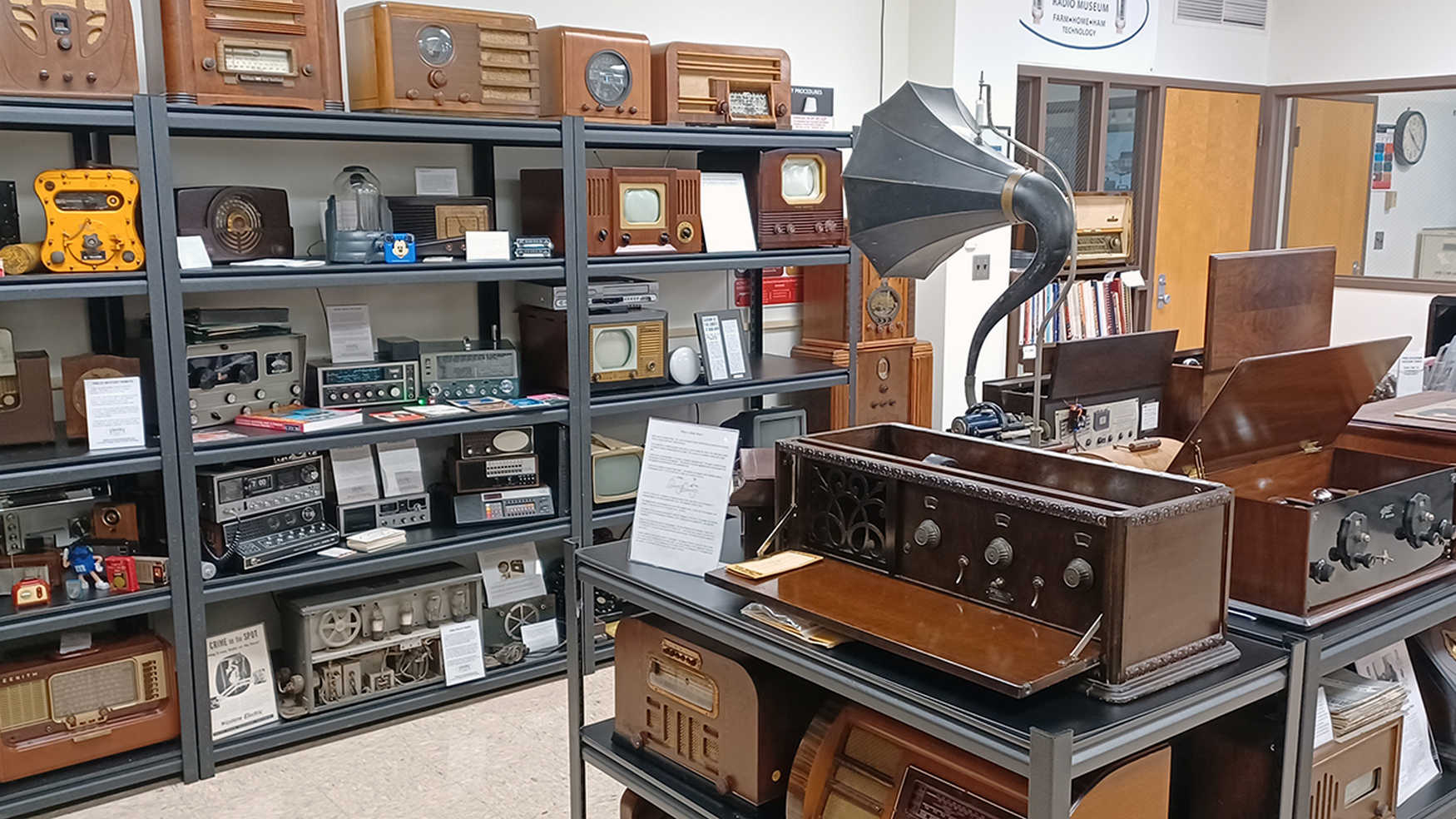The Asheville Radio Museum is a hidden gem in the Elm Building at Asheville-Buncombe Technical Community College. This unique museum offers a fascinating glimpse into the history and technology of radio communication. The museum's collection includes vintage radios, transmitters, receivers, and other artifacts that showcase the evolution of radio technology. With free admission, it's an accessible and educational outing for families, students, and anyone interested in the magic of radio waves.
Preserving the history of radio is essential, as it played a pivotal role in shaping modern communication. From early maritime communication to the cultural revolution of the 1920s, radio waves have connected people across distances and brought news, entertainment, and education to remote areas. Visiting the Asheville Radio Museum is like stepping back in time to explore how radio waves transformed society.
So, why not take a break from the usual tourist spots and dive into the world of radio? Whether you're a history buff, a tech enthusiast, or just looking for a unique family outing, the Asheville Radio Museum has something for everyone.
Highlights
- Vintage Radios: Explore a collection of beautifully preserved radios from the early 20th century, including Atwater Kent and Freed-Eisemann models.
- Interactive Exhibits: Try tuning a crystal radio or practicing Morse code with hands-on activities.
- Educational Workshops: Participate in workshops and events about radio technology and its impact on society.
Contents
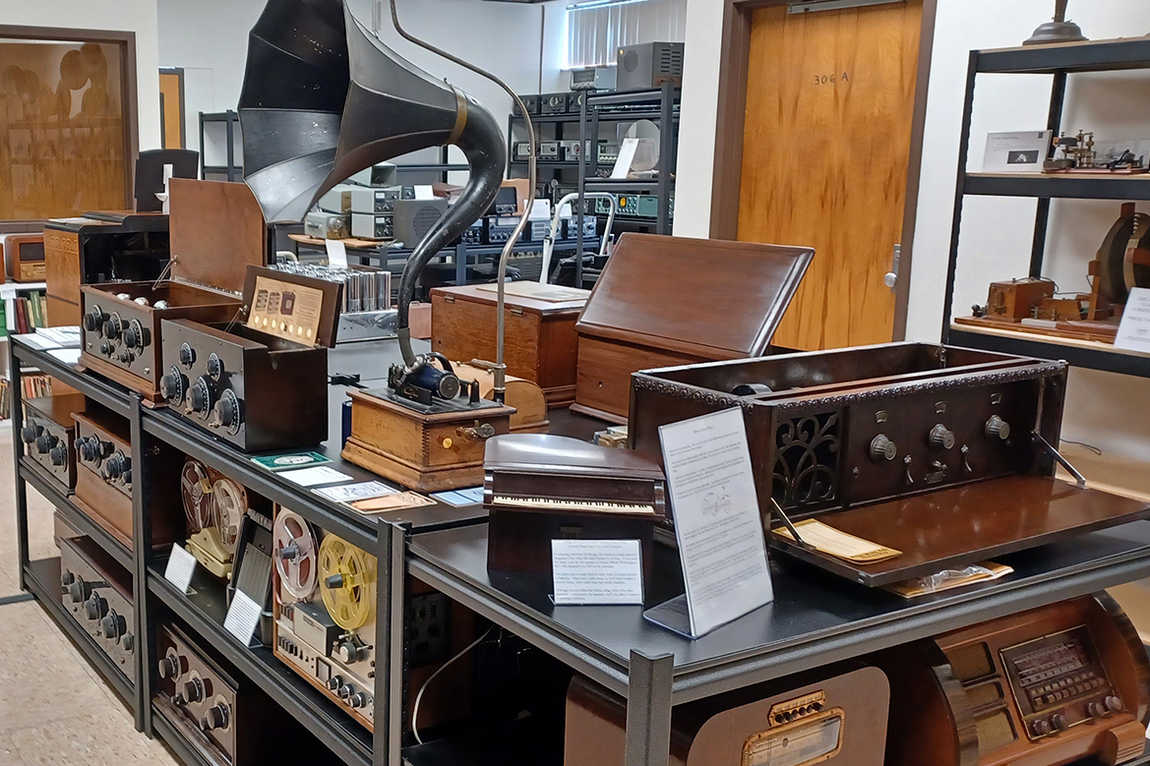 Photo:https://www.facebook.com/avlradiomuseum
Photo:https://www.facebook.com/avlradiomuseum
Here is Why Your Kids Will Find it Interesting
Asheville Radio Museum is worth visiting with kids aged 8 and up. The interactive exhibits and hands-on activities, like tuning a crystal radio or practicing Morse code, will captivate their curiosity and make learning fun. The historical broadcasts and vintage equipment also provide a tangible connection to the past.
Family-Friendly Features
- Interactive Exhibits: Hands-on activities like tuning radios and practicing Morse code.
- Educational Workshops: Engaging events and courses for all ages.
- Free Admission: Accessible for families on a budget.
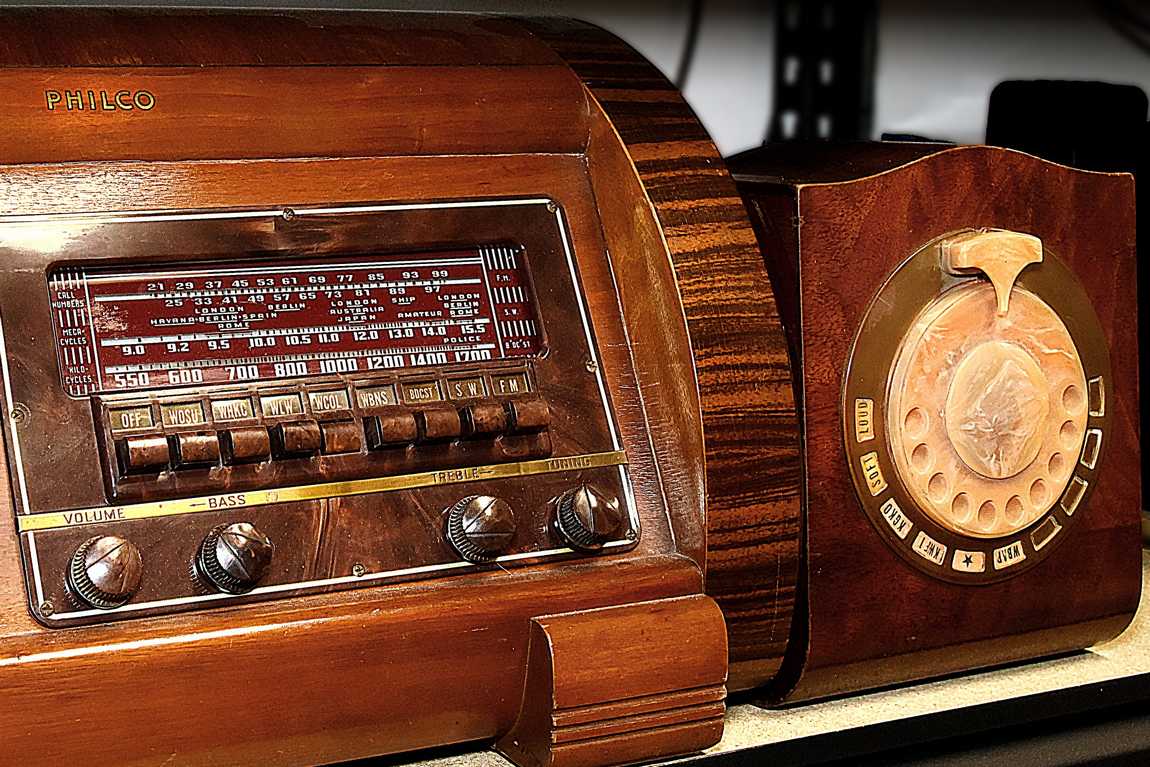 Photo:https://www.facebook.com/avlradiomuseum
Photo:https://www.facebook.com/avlradiomuseum
The Magic of Radio Waves
Radio waves are a type of electromagnetic wave that can travel through the air and even through solid objects. They were first theorized by James Clerk Maxwell in the 19th century and later proven by Heinrich Hertz. Early uses of radio waves included maritime communication, where ships could send distress signals and communicate with each other over long distances.
At the Asheville Radio Museum, visitors can learn about the science behind radio waves and see demonstrations of how they work. One popular activity is practicing Morse code, which encodes text characters as sequences of dots and dashes. This hands-on experience helps visitors understand how early radio operators communicated.
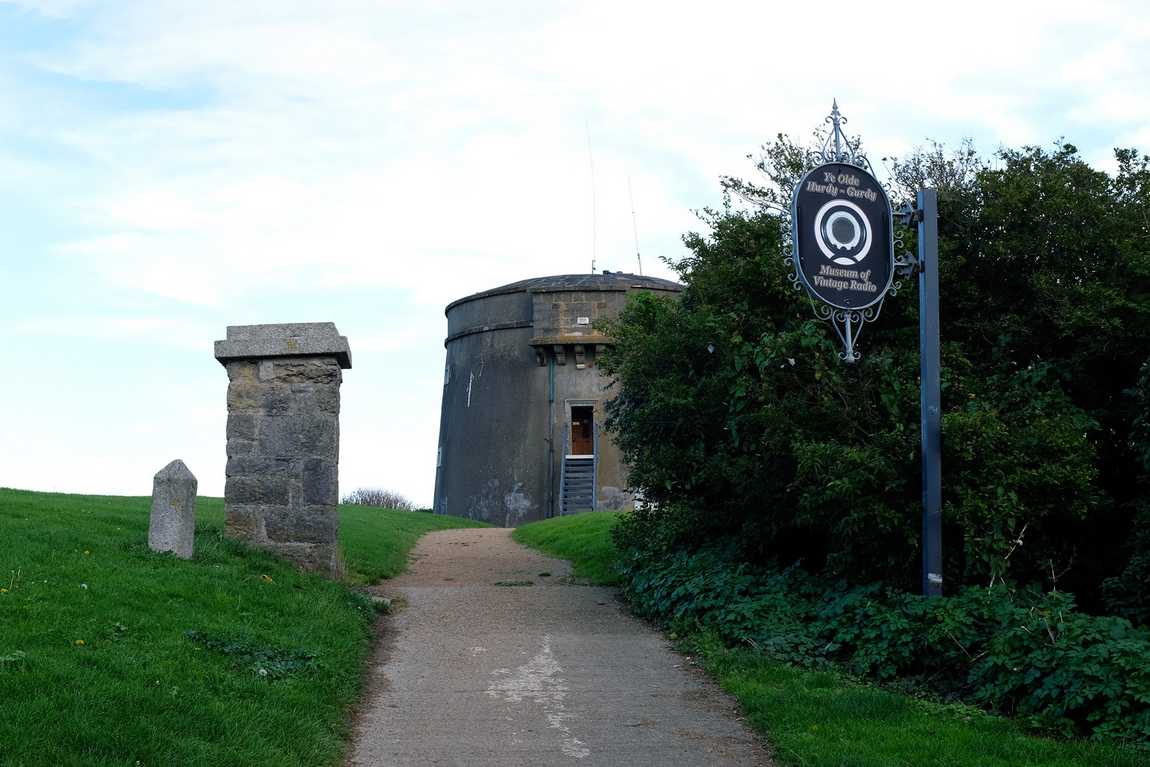 Photo:https://www.facebook.com/avlradiomuseum
Photo:https://www.facebook.com/avlradiomuseum
Historical Significance of Radio in Asheville
In the 1920s, radio had a profound impact on Western North Carolina. Before radio, many families lived in remote areas with limited access to news and entertainment. Radio introduced a cultural revolution, connecting people to the broader world. Farmers could receive daily price reports and weather forecasts, which helped them make better decisions and protect their crops.
The museum's collection includes notable historical broadcasts, such as the live account of the Hindenburg disaster and President Roosevelt's WWII declaration. These broadcasts provide a glimpse into the past and illustrate the power of radio to inform and unite people.
Exhibits and Collections
The Asheville Radio Museum boasts an impressive collection of vintage radios and artifacts that transport visitors back to the golden age of radio. The museum's collection includes early models like the Atwater Kent and Freed-Eisemann radios, popular in the 1920s. These radios are beautifully preserved and offer a window into the past, showcasing the craftsmanship and technological innovation of the era. One of the standout exhibits is the RCA Radiola 20, built in 1927. This radio, still operational today, requires careful manipulation of multiple dials to tune into a station, offering visitors a hands-on experience of early radio technology.
Tim McVey, a retired FBI agent and passionate restorer, has meticulously restored many of these vintage radios, including an Atwater Kent Breadboard radio from 1925 featuring seven fine-tuning controls. Unique artifacts, such as spark gap transmitters and vacuum tubes, demonstrate the technological advancements that made radio communication possible. The spark gap transmitter, for instance, generates a spark that produces radio waves, illustrating the basic principles of radio transmission.
Visitors can also see a replica of the first radio wave detector and learn how it works. Interactive exhibits are a highlight of the museum, allowing visitors to tune a crystal radio or listen to old broadcasts, such as the live account of the Hindenburg disaster and President Roosevelt's WWII declaration. These hands-on activities connect to the past and bring history to life. The museum also features a section dedicated to the impact of radio on rural America in the 1920s.
Radios were the "internet of their day" for farmers, providing essential information such as crop reports, pricing updates, and weather forecasts. This section highlights how radio waves revolutionized communication and supported agricultural communities. For those interested in amateur (ham) radio, the museum offers a working amateur radio station where visitors can tune in to the international space station and learn about the role of ham radio operators in emergencies and modern technology. The museum even offers ham operator courses, encouraging visitors to explore this fascinating hobby. The Asheville Radio Museum's collection is about preserving the past, engaging with the present, and inspiring the future. By showcasing the evolution of radio technology and its impact on society, the museum provides a rich educational experience for visitors of all ages.
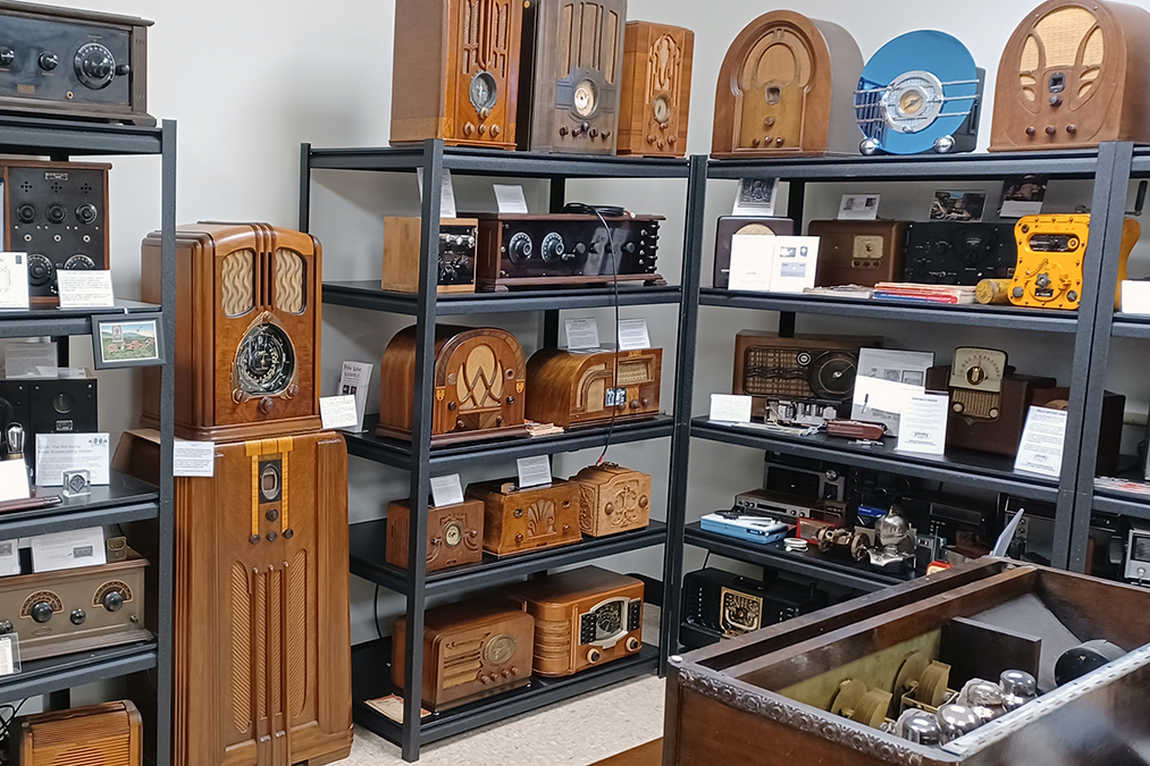 Photo:https://www.facebook.com/avlradiomuseum
Photo:https://www.facebook.com/avlradiomuseum
Educational Opportunities
The museum offers a range of educational opportunities for STEM students and group tours. Workshops and events, such as ham radio courses and introductory workshops, provide valuable learning experiences. The museum collaborates with local schools and community groups to promote education and engagement with radio technology.
Best Time to Visit
The best time to visit the Asheville Radio Museum with children is on Fridays from 1 to 3 p.m., March through November. This time slot ensures a quieter experience, allowing kids to engage with the exhibits fully.
Recommended duration: 1-2 hours.
Our Recap
The Asheville Radio Museum offers a unique educational experience for families, students, and history enthusiasts. With its rich collection of vintage radios and interactive exhibits, it provides a fascinating journey through the history of radio technology.


